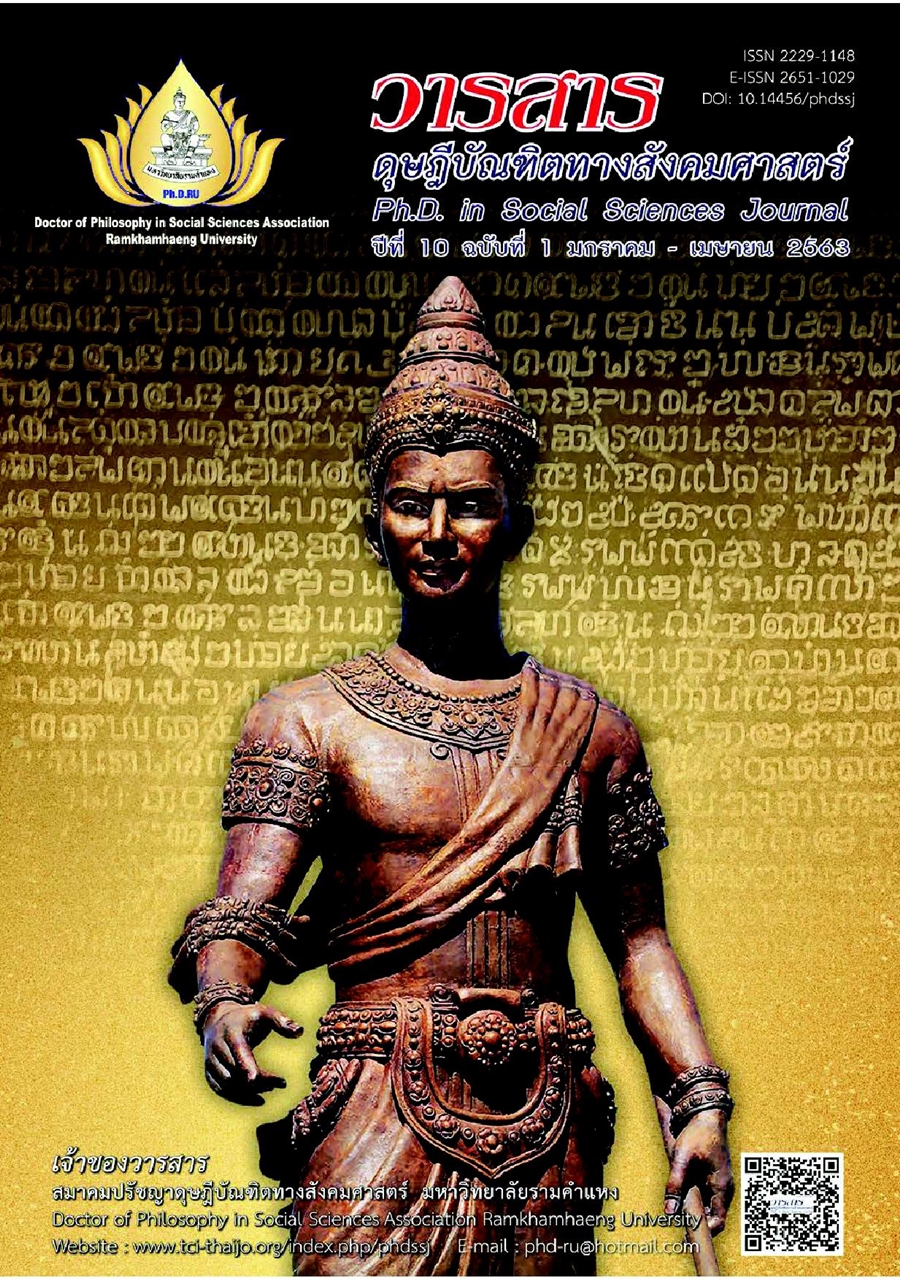The Relative of Quality of Service, Value-added Innovation and Electronic Marketing Influencing that Affect the Performance of Small Hotel and Guest Houses in Thailand
Main Article Content
Abstract
The objective of this research is to study and analyze the consistence of hypothetical model and empirical information of relation of quality of service, value-added innovation and electronic marketing influencing the direct and/or indirect affect to the performance of small hotels and guesthouses in Thailand to be taken as guideline for increasing the business profits in small hotel business in Thailand. The mixed method of both questionnaire and interview were used in this research. The representative samples were 400 samples of small hotels and guest houses (maximum 60 rooms) consisting of 13 in Bangkok, 100 in the central region, 79 in the North region, 52 in the Northeast region and 156 in the southern region. The Structural Equation Modeling (SEM) was used to analyze the data.
The research results were summarized as follows. All factors, quality of service, value-added innovation and electronic marketing had a positive influence on business profits. This implies that these three factors were direct factors for inducing profits of small hotels and guest houses business in Thailand. All three factors could increase business profits to small hotels and guest houses in Thailand. The entrepreneur could use this model for further development to improvement their competition competency.
Article Details
Academic articles, research articles, and book reviews in the Ph.D. in Social Sciences Journal are author’s opinions, and not the publisher’s, and is not the responsibility of the Ph.D. in Social Sciences Journal Philosophy Association, Ramkhamhaeng University. (In the case that research is done on human, the researcher has to be trained in Ethics for Doing Research on Human Training and has to produce the evidence of the training).
References
Bala Subrahmanya, M. H. (2009). Nature and strategy of product innovations in SMEs: A case study-based comparative perspective of Japan and India. Innovation, 11(1), 104-113.
Claros, Augusto L. (2005). The global competitiveness report 2004-2005. World Economic Forum. Ashford Color Press.
Cochran, W. G., (1953). Sampling techniques. Johe Wiley & Sons.
Kaplan, R. S., & Norton, D. P. (1992). The balanced scorecard: Measures that drive performance. Harvard Business Review, 70(1), 71-79.
Lee, K. J. (2014). Attitudinal dimensions of professionalism and service quality efficacy of frontline employees in hotels. International Journal of Hospitality Management, 41, 140-148.
National Statistical Office. (2016). Number of small hotel rooms. Retrieved from https://www.nso.go.th [In Thai]
Parasuraman, A., Zeithaml, V., & Berry, L. L. (1990). Delivering quality service: Balancing customer perceptions and expectations. Free Press.
Sainaghi, R., Phillips, P., & Zavarrone, E. (2016). Performance measurement in tourism firms: A content analytical meta-approach. Tourism Management, 59, 36-56.
Sargeant, A., & Mohamad, M. (1999). Business performance in the UK hotel sector-does it pay to be market oriented?. Service Industries Journal, 19(3), 42-59.
Schumacker, R. E., & Lomax, R. G. (2010). A beginners guide to structural equation modeling (3rd ed.). Routledge.
Siripanlop, K. (1999). Creating brand value. Retrieved from https://www.bus.tu.ac.th/usr/kitti/brand.doc [In Thai]


